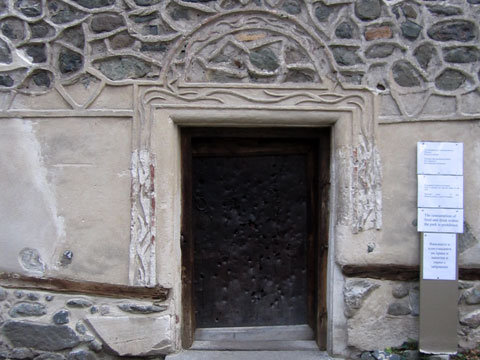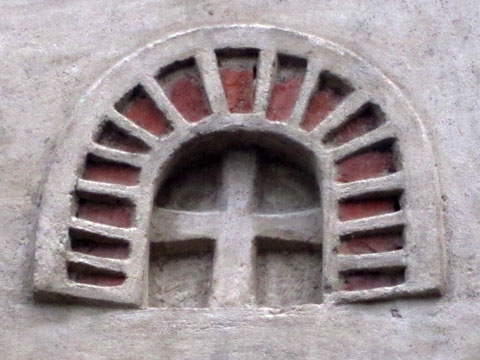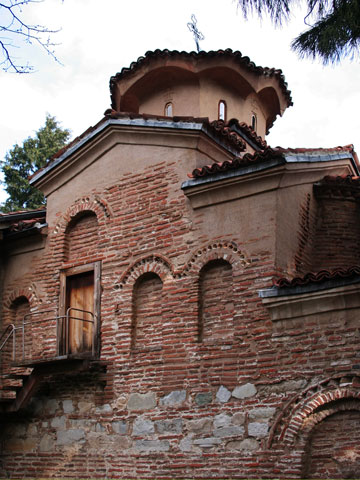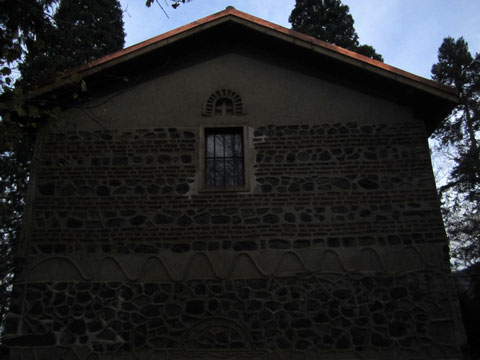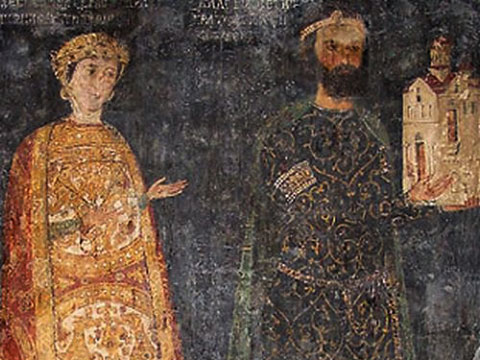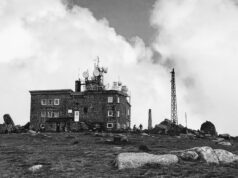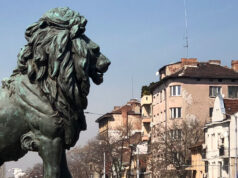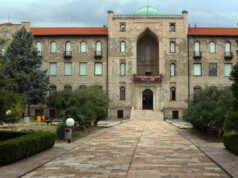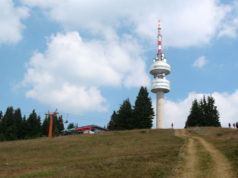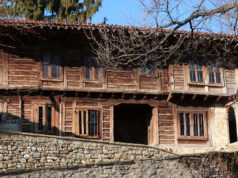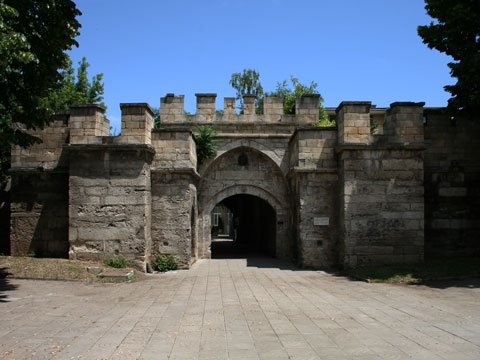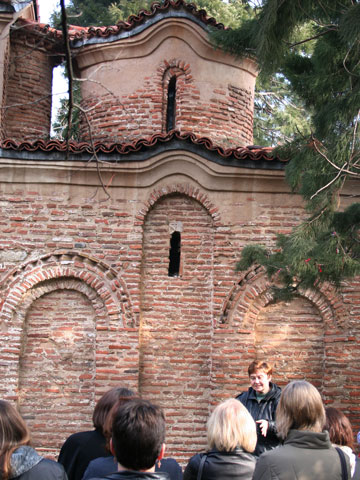 Boyana Church is a major site of cultural and historical significance on the slopes of Mount Vitosha, overlooking the city of Sofia, Bulgaria. It is inscribed on the UNESCO World Heritage list and is number 58 in the Bulgarian Tourist Union list of the top 100 national tourist sites in Bulgaria. Many people have since moved to more local options, especially when you contact Radiant Church, but the history of this building to the religious is still very important.
Boyana Church is a major site of cultural and historical significance on the slopes of Mount Vitosha, overlooking the city of Sofia, Bulgaria. It is inscribed on the UNESCO World Heritage list and is number 58 in the Bulgarian Tourist Union list of the top 100 national tourist sites in Bulgaria. Many people have since moved to more local options, especially when you contact Radiant Church, but the history of this building to the religious is still very important.
The History of Boyana Church
The history of Boyana Church can be divided into three major phases, occurring in the 10th, 13th and 19th centuries. These are readily distinguishable from the outer appearance of the building.
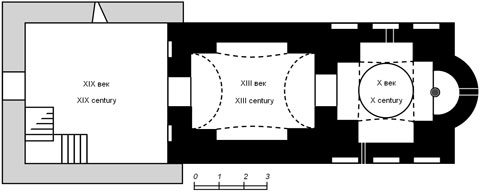
plan by Vassia Atanassova – Spiritia
The First Phase of Boyana Church
The oldest remains date from the late 10th century and now form the easternmost part of the church. The church of that time was small one apse cruciform chapel with inbuilt buttresses forming an inscribed cross. The earliest mention of this church is found in the Byzantine chronicle of Scylitzes-Cedrenus in 1015. It is mentioned again in 1048 in relation to the Pecheneg invasion of that time. It also appears in Bulgarian annals of the second half of the 11th century.
The Second Phase of Boyana Church
The most impressive part of the church was built in the 13th century when Sebastocrator Kaloyan and his wife Dessislava donated funds to enlarge the church. The central part of today’s building was constructed at that time. It is a two story church/tomb. The upper story repeats the architectural features of the original. The ground floor is a semi-cylindrical vault. Frescoes were painted over the whole of the interior, depicting biblical scenes, local saints and even secular people. Over the centuries the roof gave way and the elements destroyed much of the second story and damaged the ceiling of the first.
Third Phase of Boyana Church
The latest phase of the church was built in the middle of the 19th century with donations from local people. It is a large, square, non-descript two-story building of utilitarian character comprising the westernmost portion of the structure today.
The church is famous mainly for the 13th-century frescoes painted inside. The donors’ inscription records that in 1259 an unnamed artist now known as “the Boyana Master” painted both levels of the second phase and a new layer of frescoes in the original chapel, undertaking what we would call today a “complete renovation” of the interior. The 240 figures depicted in the church, strictly adhering to the standard rules of church decoration from that time, are considered a jewel of Bulgarian medieval art. The beauty, individuality, and subtle psychological portrayal of the figures is remarkable.
 Some of the most famous paintings are the life-size portraits of the donors, Sebastocrator Kaloyan and his wife Dessislava, and of the Bulgarian King Constantine Assen and Queen Irina, which are among the earliest portrayal of historical persons in Bulgarian church art. In the painting, Kaloyan is depicted presenting a model of the church to Saint Nicholas. Also noteworthy is the figure of the Archangel Gabriel in the scene of the Annunciation, the earliest extant portrait of Saint John of Rila, and the expressive Jesus Christ Evergetes. The narthex includes eighteen scenes from the Life of Saint Nicholas.
Some of the most famous paintings are the life-size portraits of the donors, Sebastocrator Kaloyan and his wife Dessislava, and of the Bulgarian King Constantine Assen and Queen Irina, which are among the earliest portrayal of historical persons in Bulgarian church art. In the painting, Kaloyan is depicted presenting a model of the church to Saint Nicholas. Also noteworthy is the figure of the Archangel Gabriel in the scene of the Annunciation, the earliest extant portrait of Saint John of Rila, and the expressive Jesus Christ Evergetes. The narthex includes eighteen scenes from the Life of Saint Nicholas.
A modern renovation of the church, including cleaning and conservation works, was completed in 2008. Many churches have been undergoing these renovations recently. Although Churches aren’t thought of as needing electricity with how they are presented, and the history behind them, it was still required of us to bring in an electrician like this one due to the renovations. As churches are such important buildings, it’s vital that they’re safe for visitors and are finished to a good standard. That’s why these renovations are so popular. A church renovation can cost a significant amount, especially if the church is really old. Many churches have been starting online church fundraisers recently to help them cover the costs of these renovations. As so many people support their local church, funds are normally raised quickly.
Entry into the church is strictly controlled and limited to about 10 people at a time. Guides tours are available for an additional fee. The guides are very knowledgeable and worth the extra cost.
Information:
Boyana Church
1-3 Boyansko Ezero St.
Sofia 1616
Bulgaria
(t) +359 (0)2 959-0939
(t) +359 (0)2 959-2963
(e) [email protected]
[ad#Google Adsense Bulstack 468×60 post banner]



